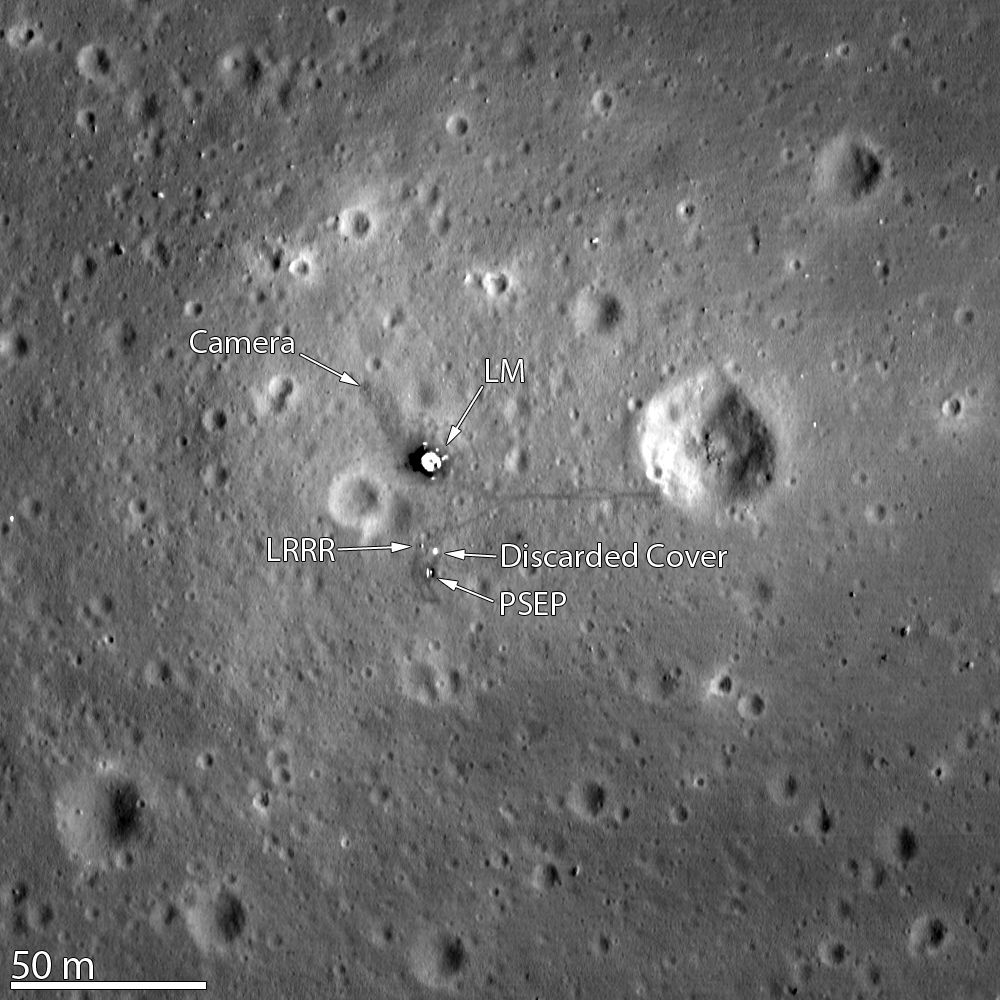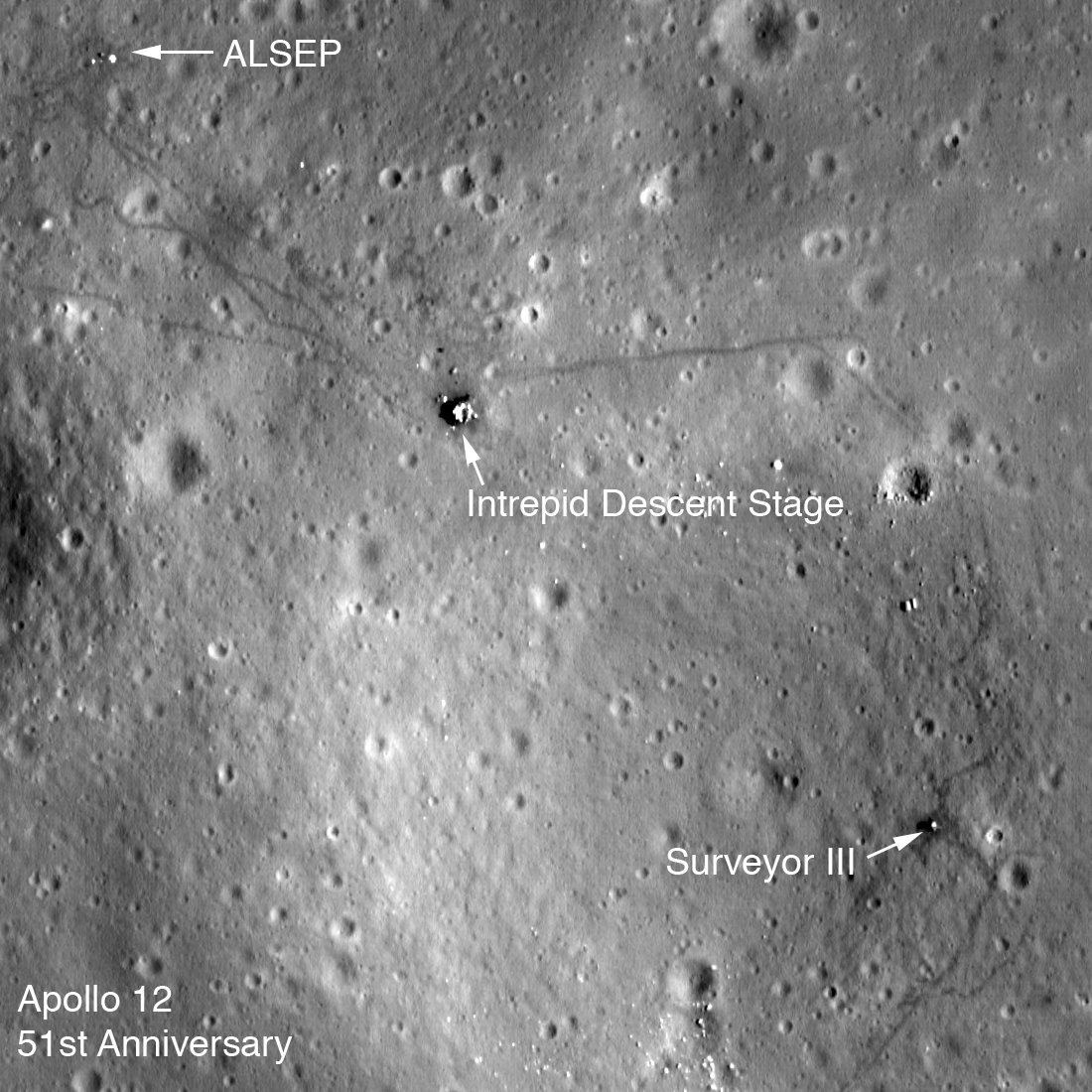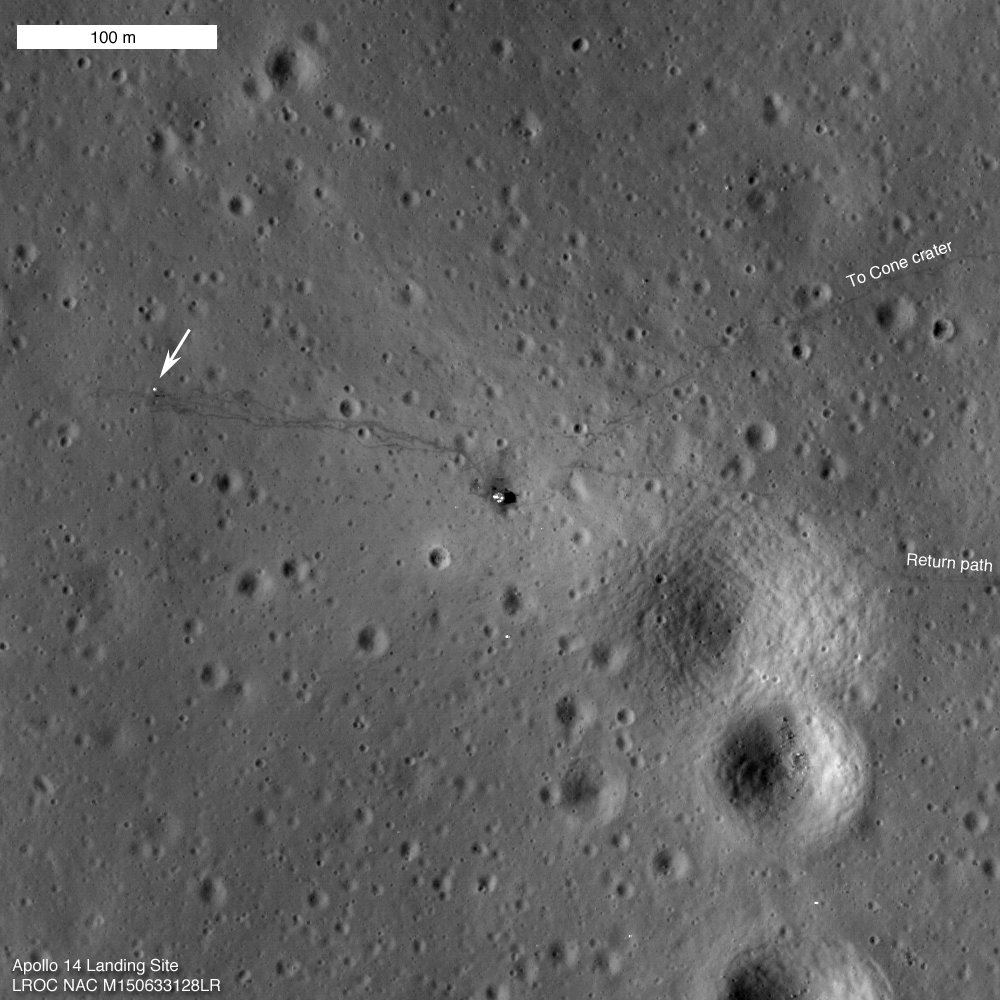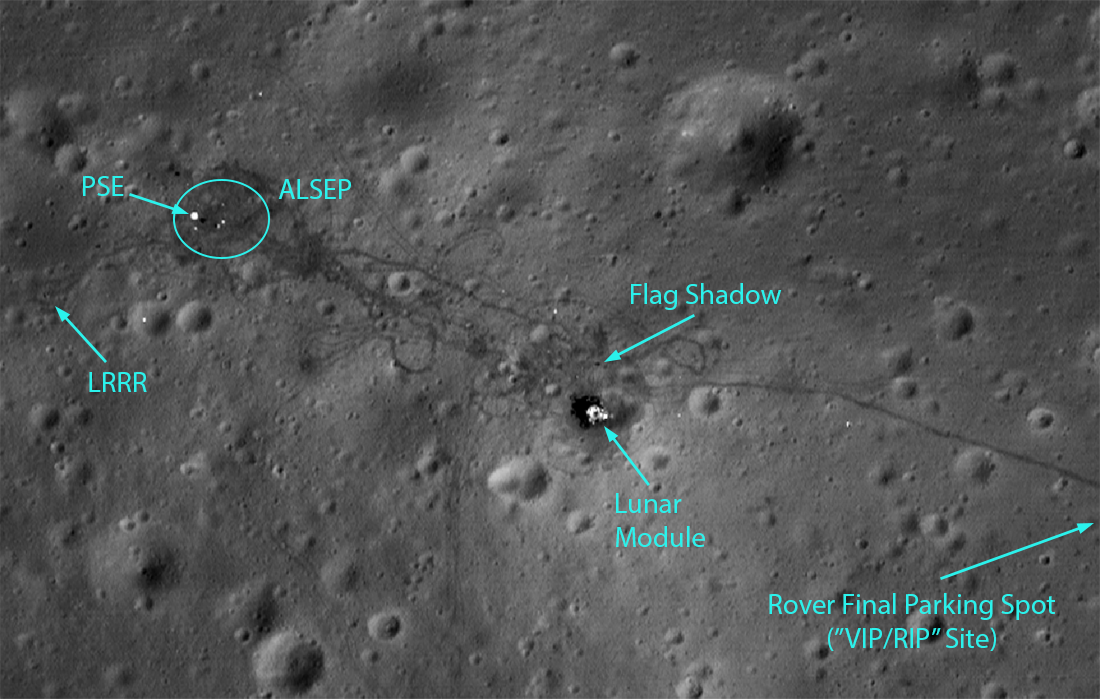I found this....
The pictures from the Apollo moon landings may appear to have a short distance to the horizon due to a combination of factors related to the lunar landscape and the way photographs are taken. Here are some reasons for this perception:
- Wide-Angle Lenses: The cameras used during the Apollo missions often had wide-angle lenses, which can distort the perception of distance. Wide-angle lenses can make objects in the foreground appear larger and closer than they actually are while simultaneously capturing a broader field of view.
- Lack of Atmosphere: The Moon has no atmosphere, unlike Earth, which means there is no atmospheric haze or scattering of light to create the perception of depth in the same way we experience on our planet. This absence of atmospheric effects can make the lunar landscape seem flatter and closer than it actually is.
- Flat Terrain: The Apollo landing sites were chosen for their relatively flat and unobstructed terrain to ensure the safety of the astronauts during landing and takeoff. As a result, the landscape around the landing site appears relatively featureless, which can make it challenging to gauge distances accurately.
- Human Perception: Our brains tend to use familiar cues and objects to estimate distances. When viewing lunar photos, there are often no easily recognizable objects or landmarks, such as trees or buildings, that we can use to judge distance accurately.
- Focal Length and Perspective: The choice of camera focal length and perspective can influence how distances appear in photographs. The shorter the focal length, the more exaggerated the foreground objects may appear, making the horizon seem closer.
- Image Cropping: In some cases, photographs from the moon missions may have been cropped or framed in a way that emphasizes certain elements of the scene, which can make the horizon seem closer than it is.
It's important to remember that while these factors can create the impression of a short distance to the horizon in lunar photos, the Moon's surface is still vast, with wide-open spaces that stretch for kilometers. The apparent lack of depth in these images is a result of the unique characteristics of the lunar environment and the photographic techniques used during the missions.





